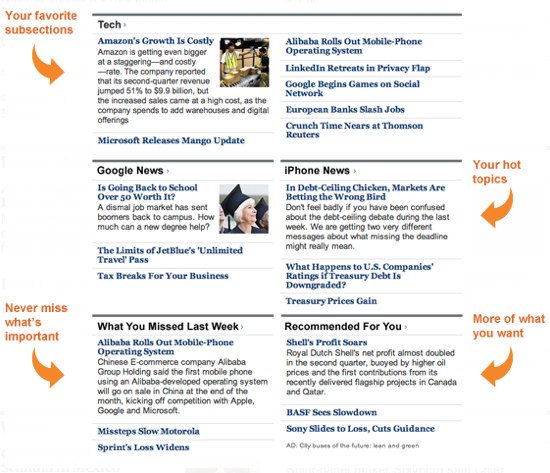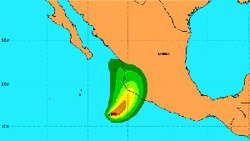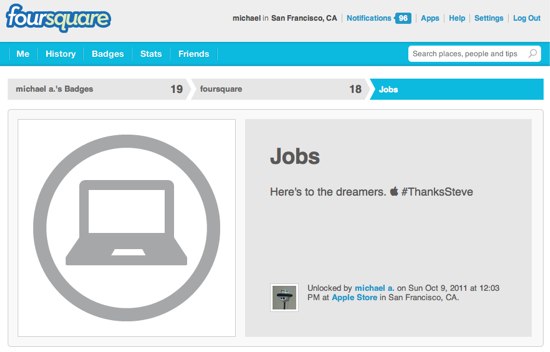One of the things the press is fascinated with – and have asked me repeatedly since the CrunchFund was announced – is exactly how venture capitalists differentiate themselves to provide a competitive edge.
The question sounds smart. But for anyone who’s been an entrepreneur it makes about as much sense as asking a baseball team how the colors of their uniforms will help them win the world series.
Entrepreneurs really just want a couple of things from investors. Money, obviously. The brand/marketing benefits of associating their brand to yours. And directed, specific help exactly when they need it.
The worst kind of investor is the one that’s in your business all the time. These are generally the freshly minted MBAs who joined a big venture firm and are trying to impress everyone at board meetings. They like to do things like fire CEOs and bring in “seasoned managers.” Or “lay off half your staff and sell this loser to whoever will pay at least enough that we get our money back.” Mostly they’re just insecure, have no idea what they’re doing, and want to try to hide that by talking a lot.
Far better than that is an investor who does absolutely nothing beyond giving you money. The “first, do no harm” principle should apply to venture capitalists just as much as it applies to doctors.
The perfect investor, though, knows when to leave you alone but also knows when to help in a directed, high value-add way. Most of the time they only help when you’ve specifically asked them. Occasionally if things are going really sideways they’ll step in with advice, too.
In an interview a couple of weeks ago Vinod Khosla spoke with me about how he helps companies. The first way is to be “brutally honest” with them – see my post here.
The second way, he said, is through targeted help that adds incredible value. He was currently spending a lot of time trying to recruit a single person for a startup he’d invested in. This person was being recruited by another big venture firm to start a new company. But Khosla’s company wanted him too. And so Vinod spent time meeting with this person directly to try to convince him.
When he spends time directly recruiting like this, he said, he has a very good success rate. He thought it was likely he’d convince this guy to join his company. “Sometimes the right person can make a young startup 2-3x more valuable than it would be without him or her,” he said, “recruiting these people is a great use of my time.”
If Vinod invests in your company, don’t expect to spend hours on the phone with him every day becoming bestest friends. But when you need a big gun, you’ll have one.
Ron Conway has the same philosophy. He spends almost all of his time helping startups raise money, recuite people and eventually sell. I’ve probably heard at least two dozen stories about how he helped a company pull a victory from the jaws of defeat. Unfortunately almost all of these stories involve him leaning on some CEO or board member of a big public company and will never be told publicly. The most amazing thing is how often he’ll do big favors for startups he hasn’t even invested in.
In fact, he may be doing too many favors. Here’s an email that David Lee (he runs SV Angel, the fund Ron founded) sent out recently about Ron:
From: David Lee
Sent: Monday, October 10, 2011 9:10 PM
Cc: SVA Partners
Subject: Understanding Ron’s Role at SV Angel
CONFIDENTIAL – DO NOT FORWARD
Friends and Colleagues,
I want to clarify Ron’s role at SV Angel and how he works with us. This is very important because many of you still email Ron on most business matters, which is causing unnecessary bottlenecks.
Ron is not involved with day-to-day operations of SV Angel. He is not a General Partner in SV Angel. He is the (largest) limited partner in the fund. He directs all of his deal flow to us and we have access to him and his resources. The team and I are responsible for all day-to-day activities such as evaluating deal flow, making investment decisions, meeting business partners and helping portfolio companies at inflection points such as financings and M&A.
Ron focuses on highly-sensitive inflection points – special projects for portfolio companies that have unusually high impact. The SV Angel team and I focus on all other inflection points. We use the following analogy: Ron is the “brain surgeon” and we are the “primary care physicians.” The physician is the point person for all matters and can handle 95% of them. The brain surgeon handles the ‘delicate’ stuff.
We have been using this approach for the last few years and it’s been successful in leveraging Ron’s strengths. I am writing this email because many don’t understand our system and still email Ron only.
Please understand that Ron forwards EVERY SINGLE EMAIL HE RECEIVES to me and the SV Angel team. The only exceptions are those that are highly confidential or sensitive.
If you think it’s urgent, please feel free to cc Ron but keep in mind that we will bring it up to him anyway so ccing him won’t necessarily expedite things.
Also, please keep in mind that he is also very active in philanthropy so he is at full capacity all the time.
To be clear, this email doesn’t mean we are changing a thing. Ron is still as active as ever – as the brain surgeon. But I want to clarify our approach to you so we can continue to provide responsive follow-up and service, which has been Ron’s trademark over his 15 year career as an angel investor.
CONFIDENTIAL – DO NOT FORWARD
-David
The difference between Ron and Vinod is just one of scale. Khosla Ventures invests in far fewer companies than SV Angel, and so Vinod doesn’t have as many people asking him for help. SV Angel invests in 4-5 companies a month. They have a lot of active portfolio companies, a lot of them are really young, and all of them have pressing needs.
This is exactly how we operate at CrunchFund (and to be clear, all the best angels and venture capitalists do, too). We don’t meddle, but we’re there for entrepreneurs when they need us.
So back to that first question in the first paragraph above that the press loves to ask. How are we different? Well, we focus on having a very, very deep network that we can call on when we need to help our startups get something they need. Putting together a round of financing with like-minded investors. Hiring a team, particularly talented product, design and engineering people. And, eventually, helping them with liquidity events.
There’s one last thing that entrepreneurs need, too. Your support. Starting a company is a lonely thing, and there are usually people in your life who think you’re crazy for doing it. Sometimes an entrepreneur just needs to know you actually believe in them to keep their morale up during the tough times. I talk a lot about this in my “Are You A Pirate” post on TechCrunch
 All this year TechCrunch and others were covering the weekly SecondMarket auctions for Facebook stock. 2.7 million shares, for example, cleared in aggregate the first five auction at prices ranging from $21.01 to $28.26 per share.
All this year TechCrunch and others were covering the weekly SecondMarket auctions for Facebook stock. 2.7 million shares, for example, cleared in aggregate the first five auction at prices ranging from $21.01 to $28.26 per share.




